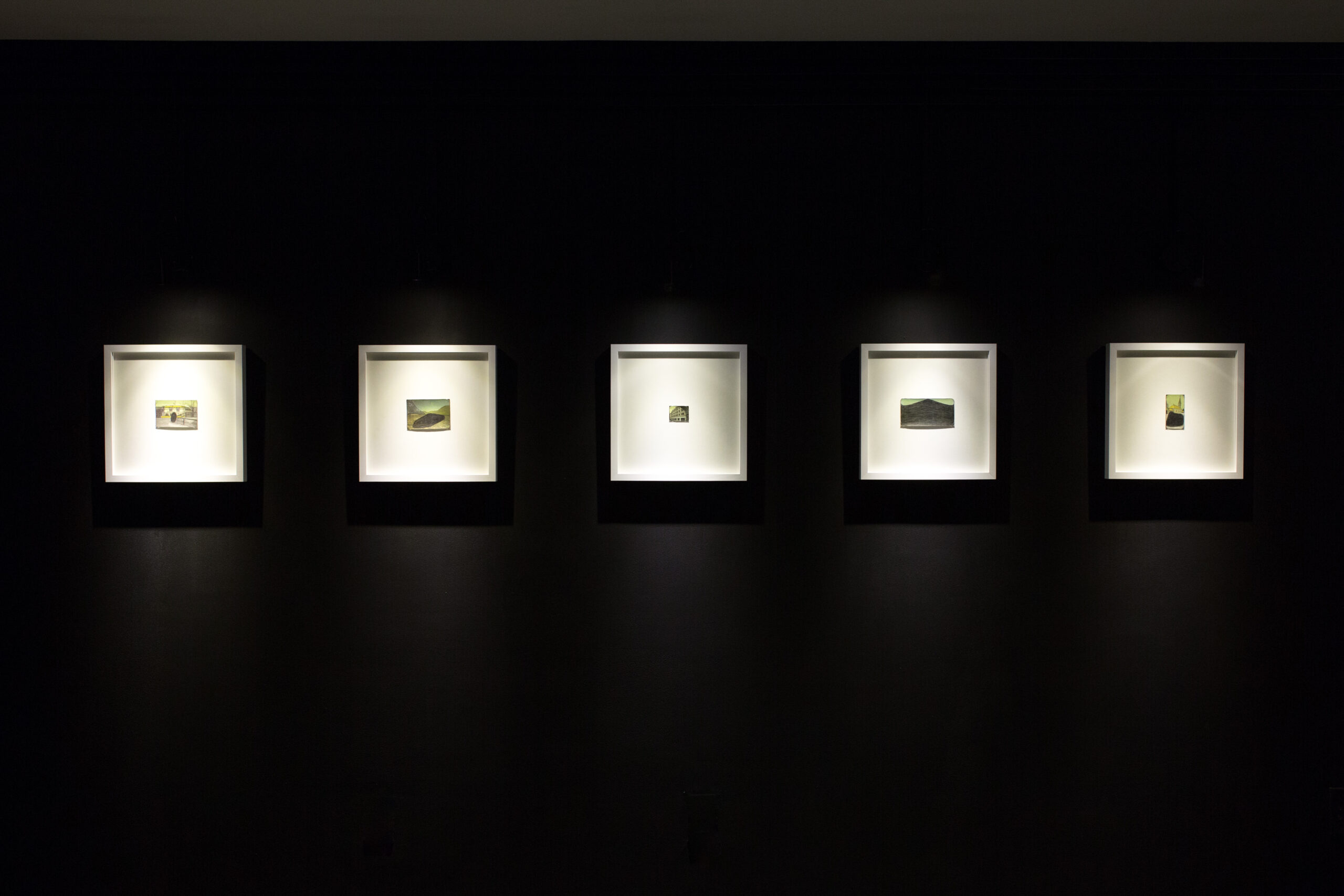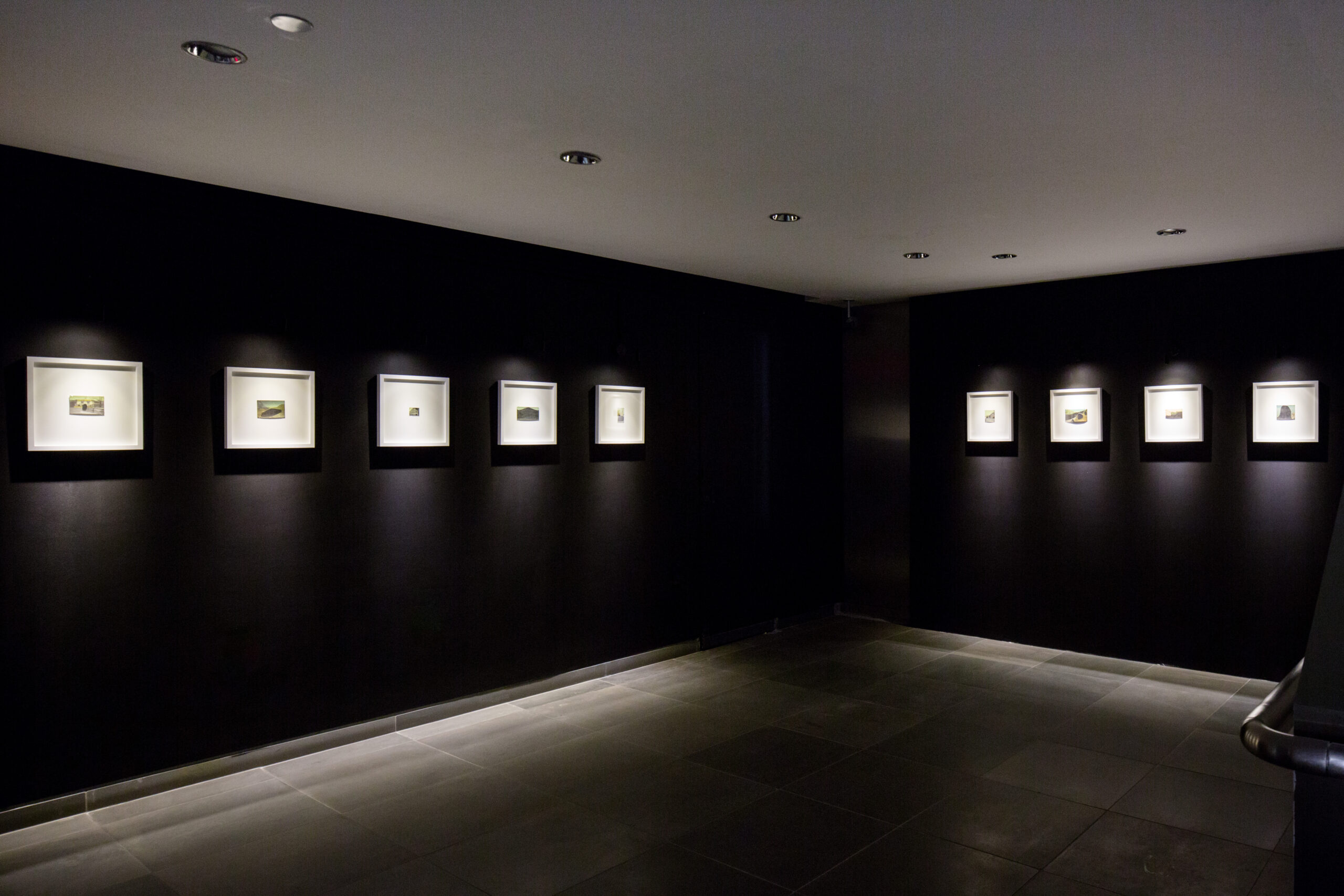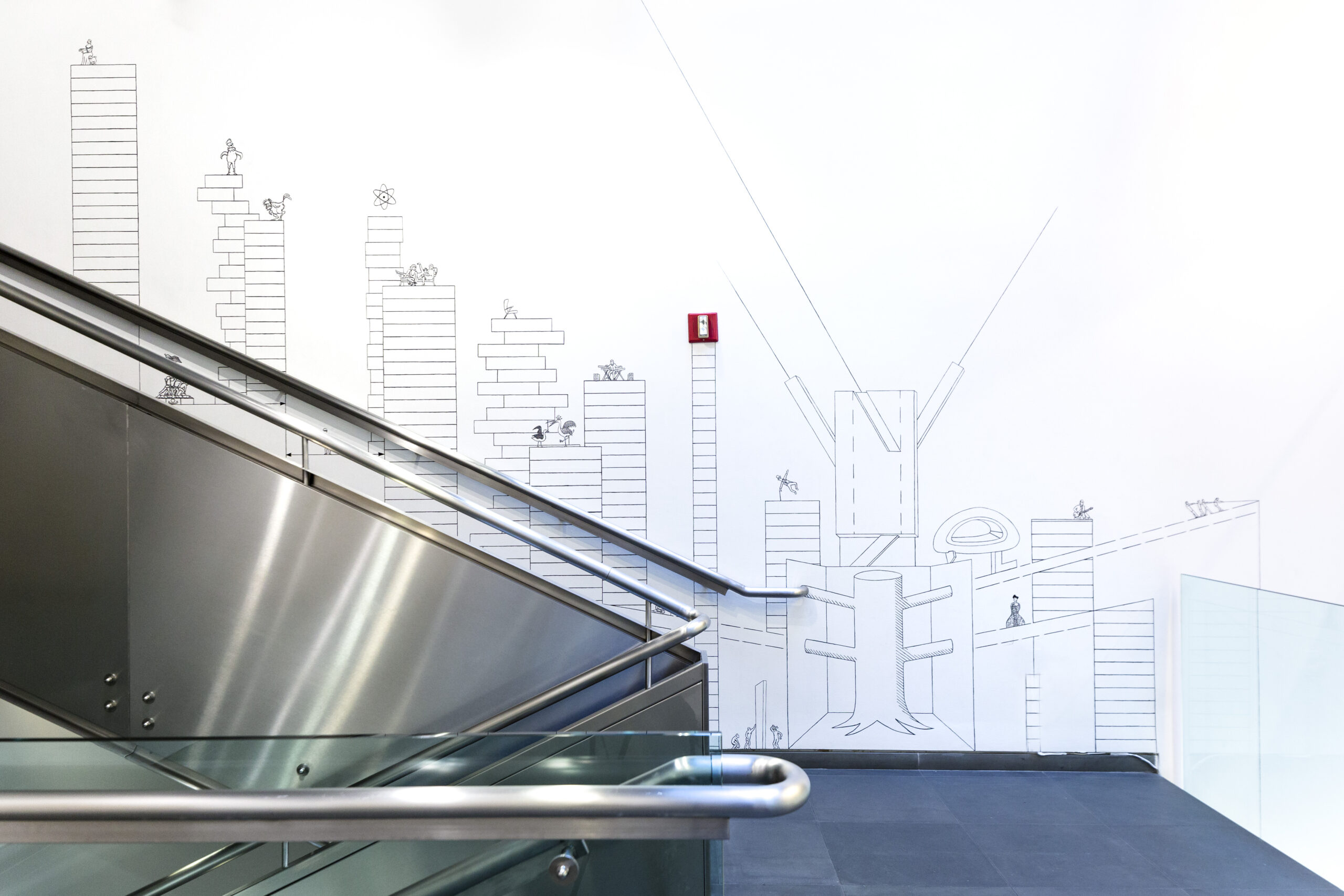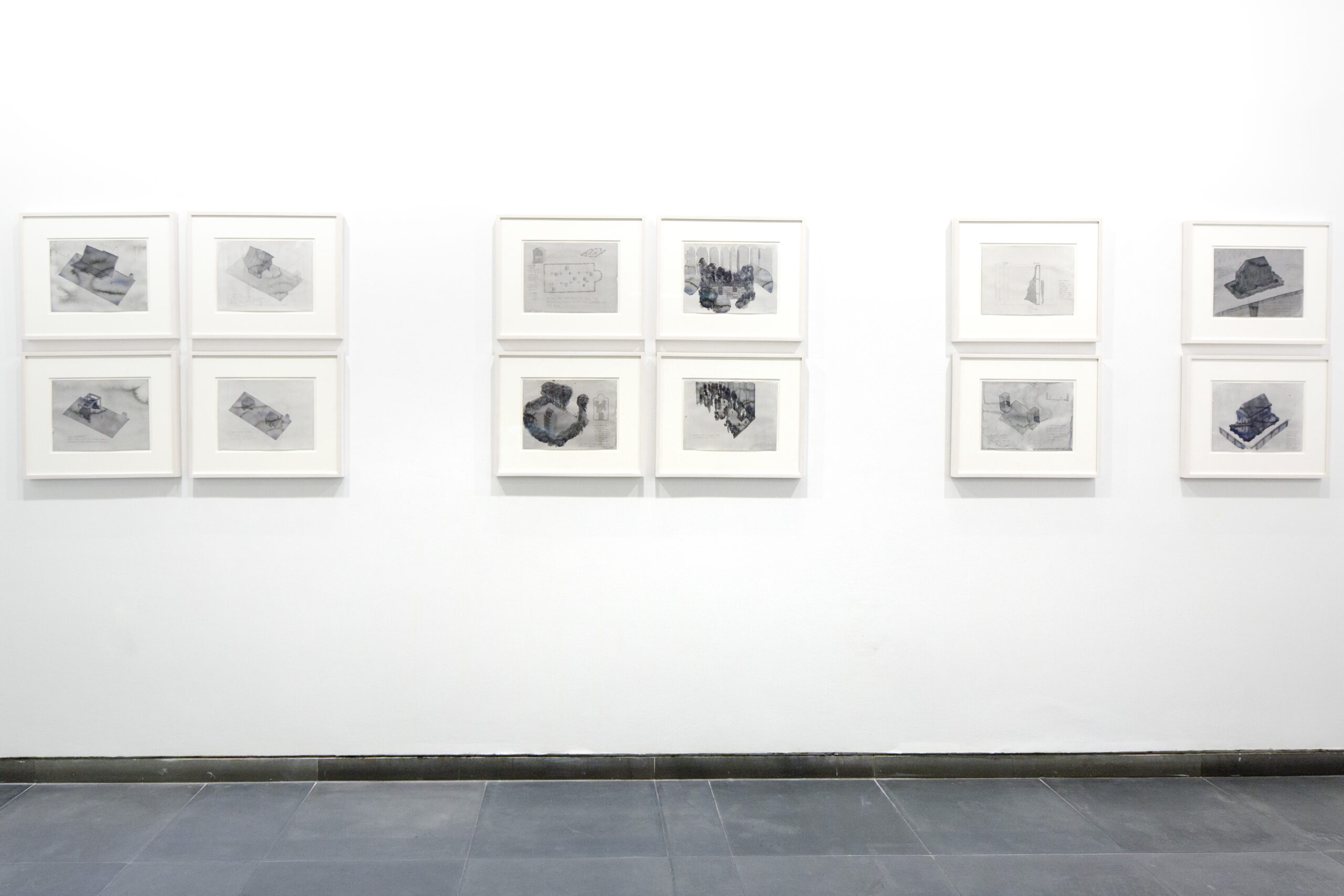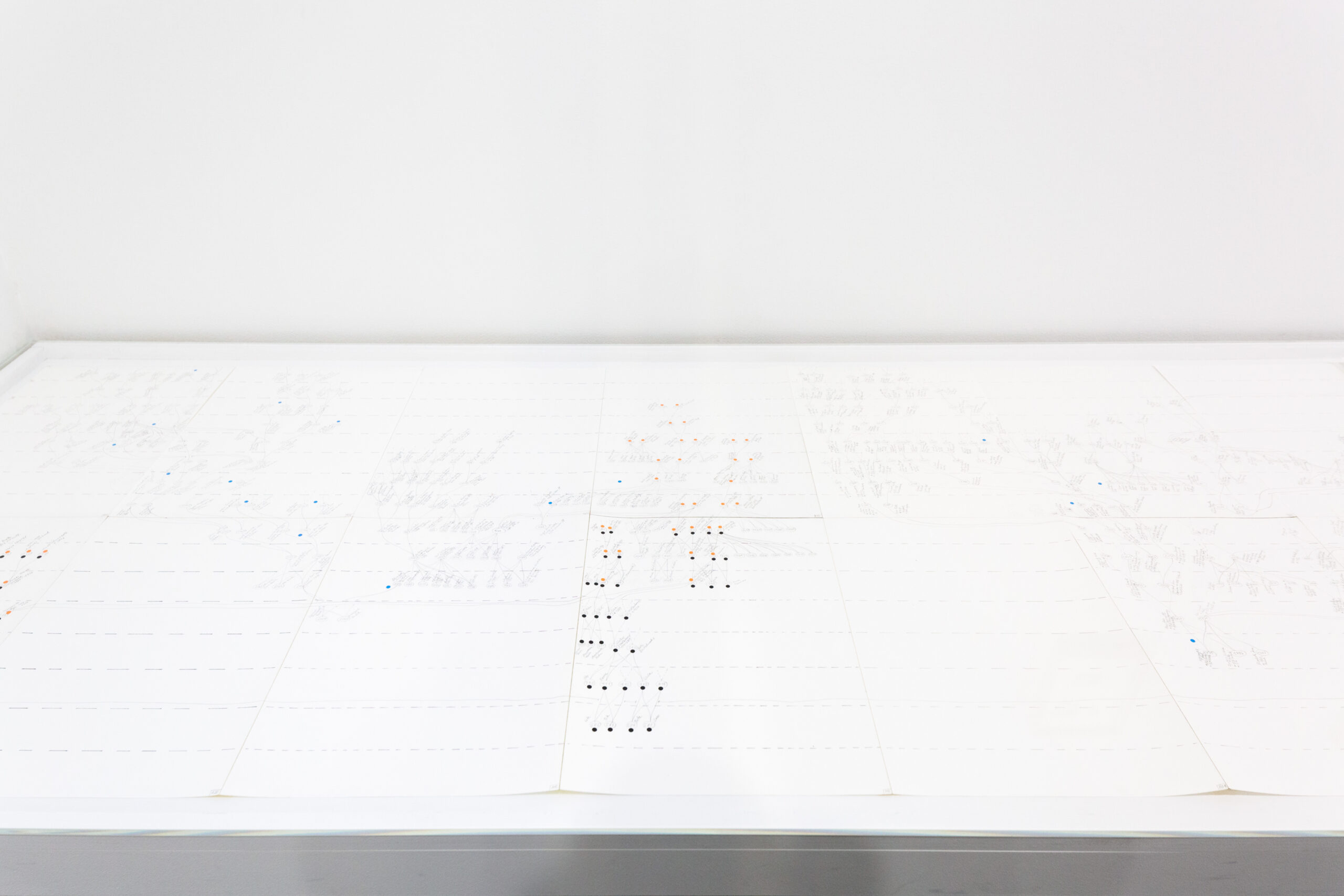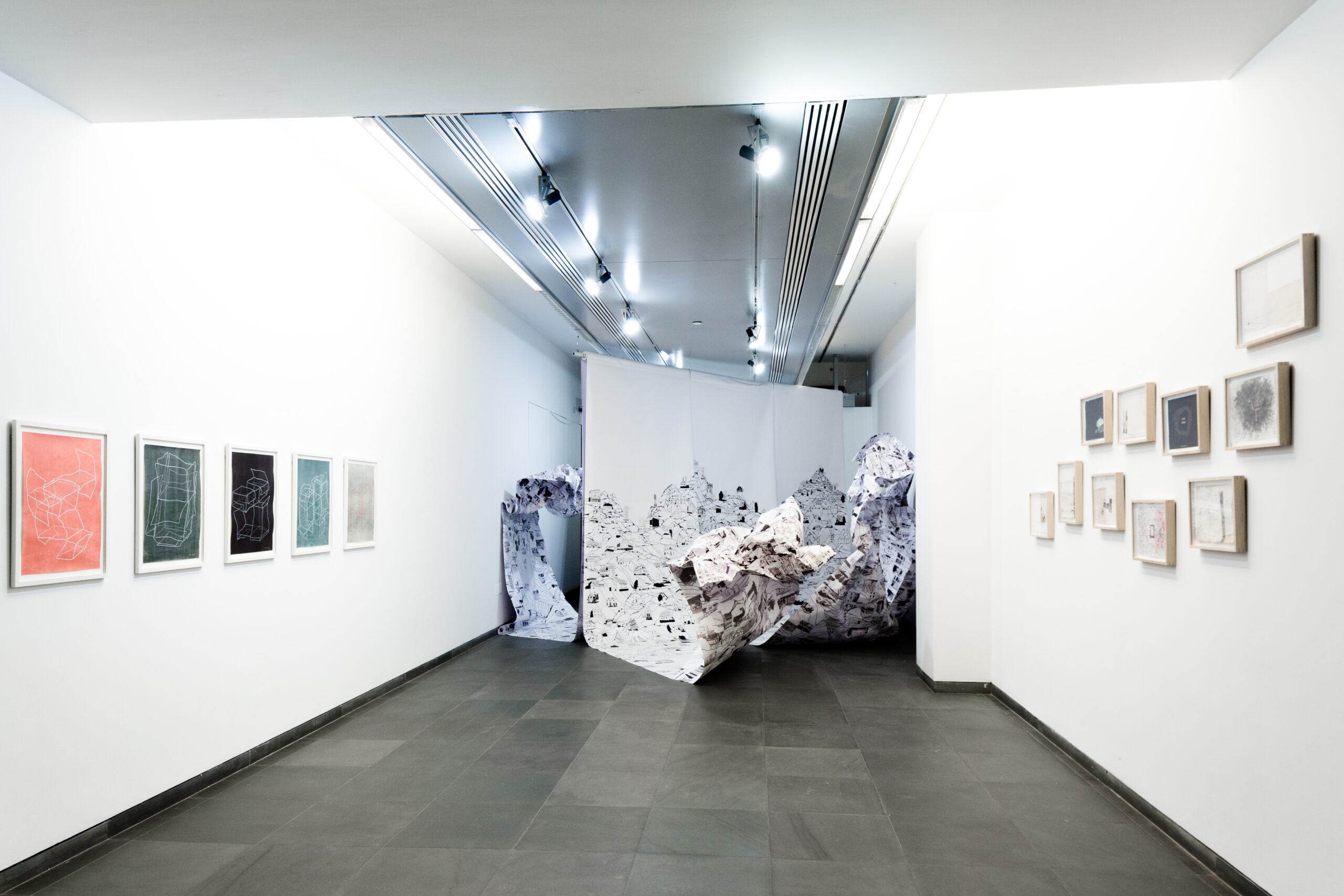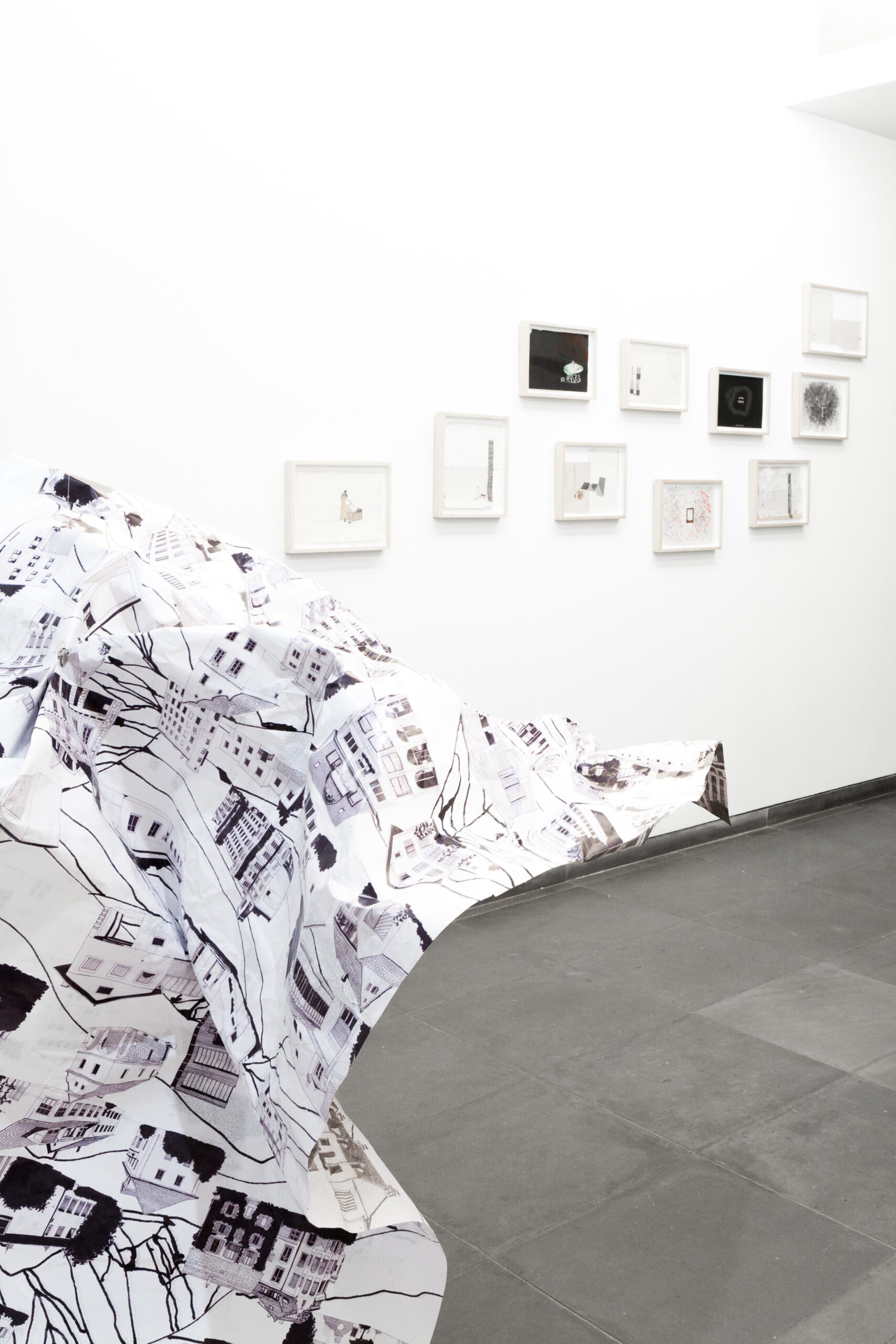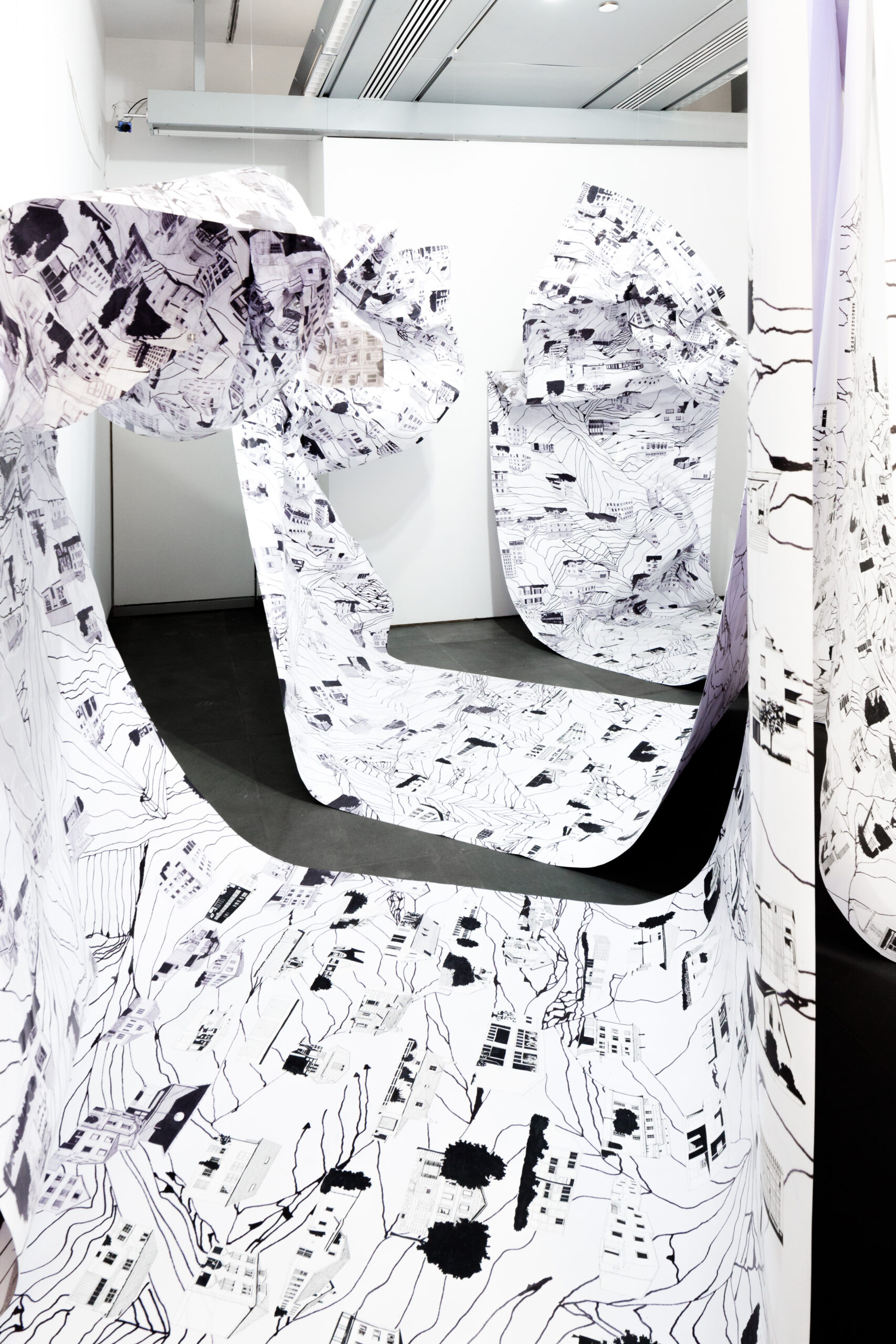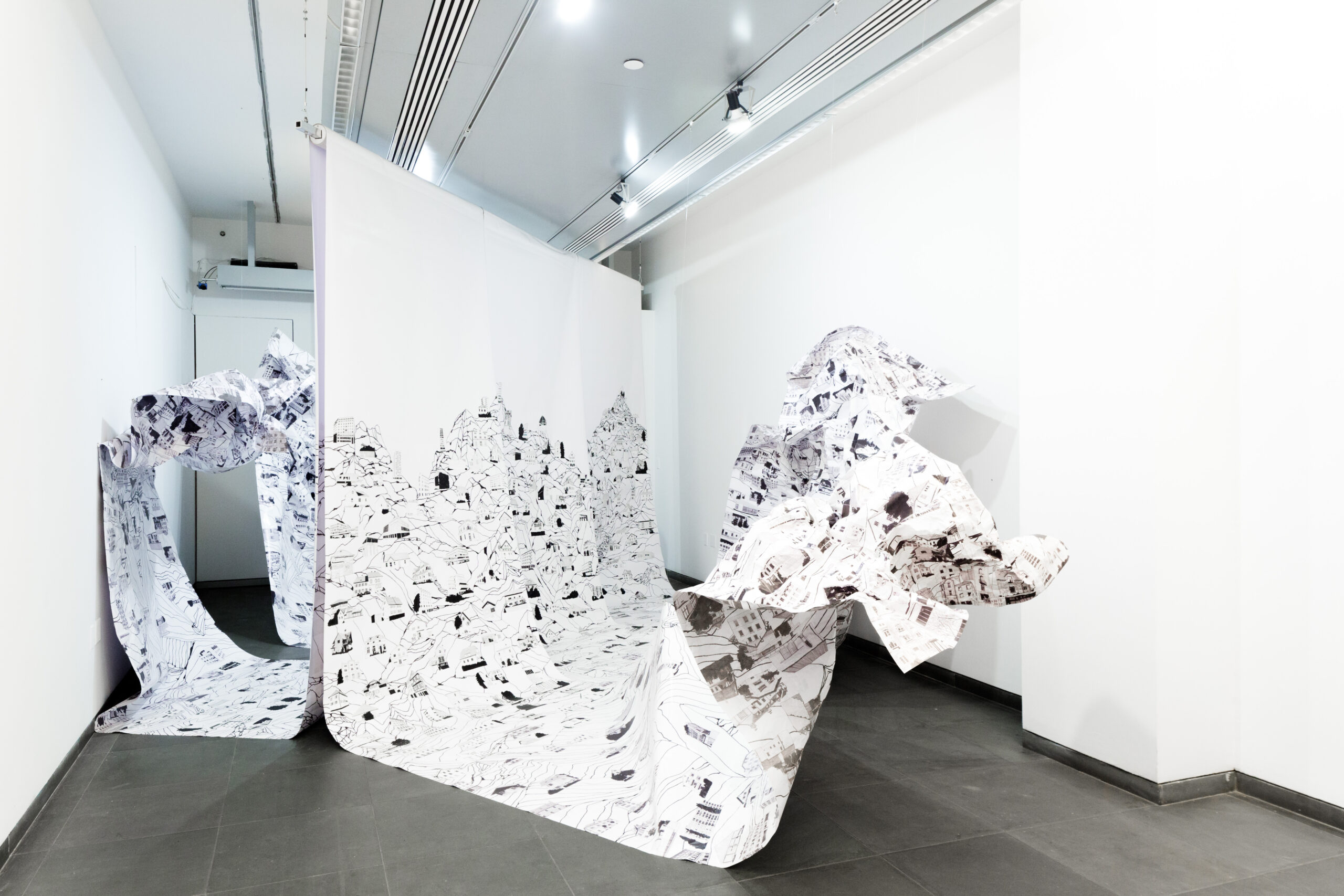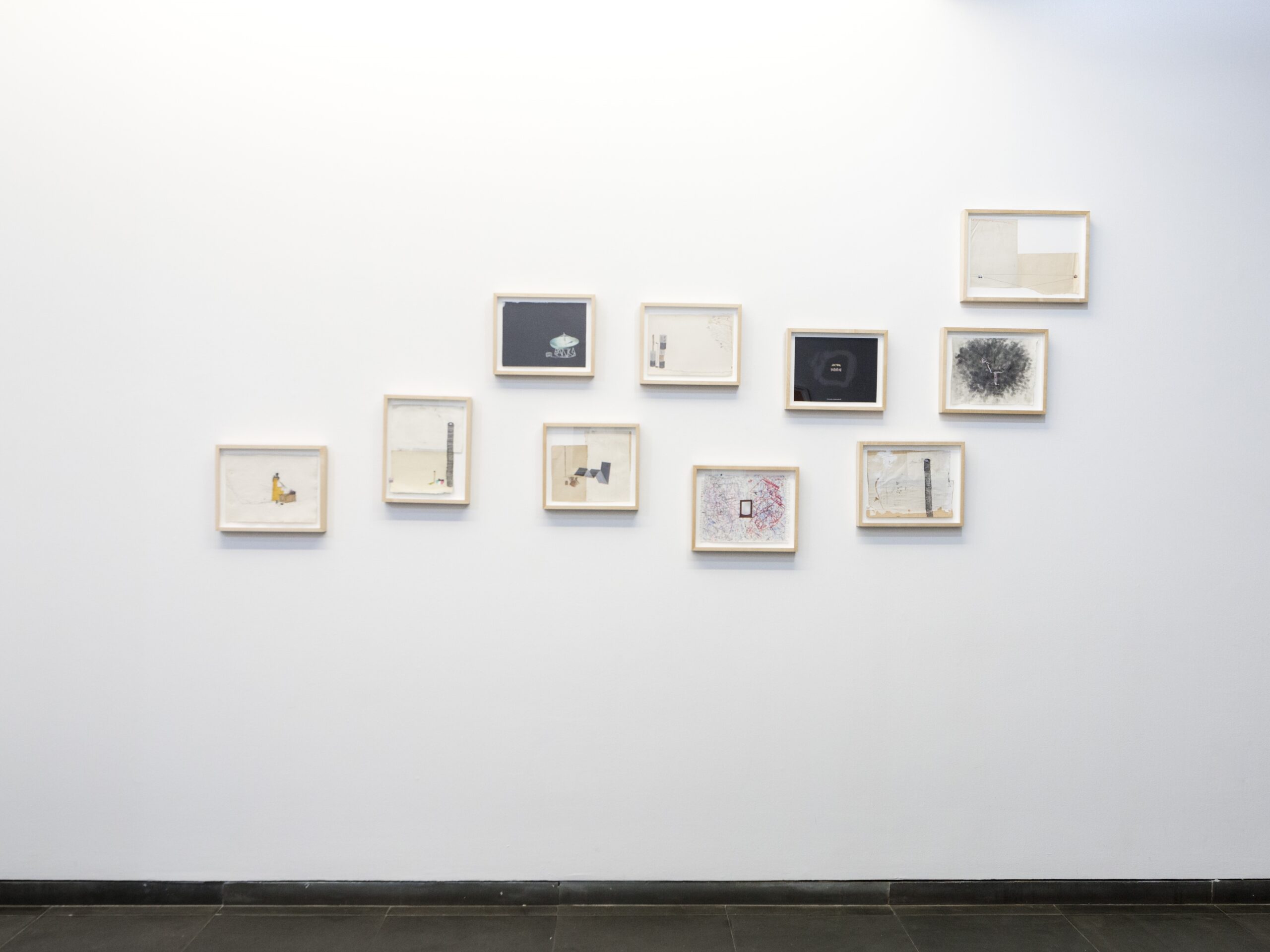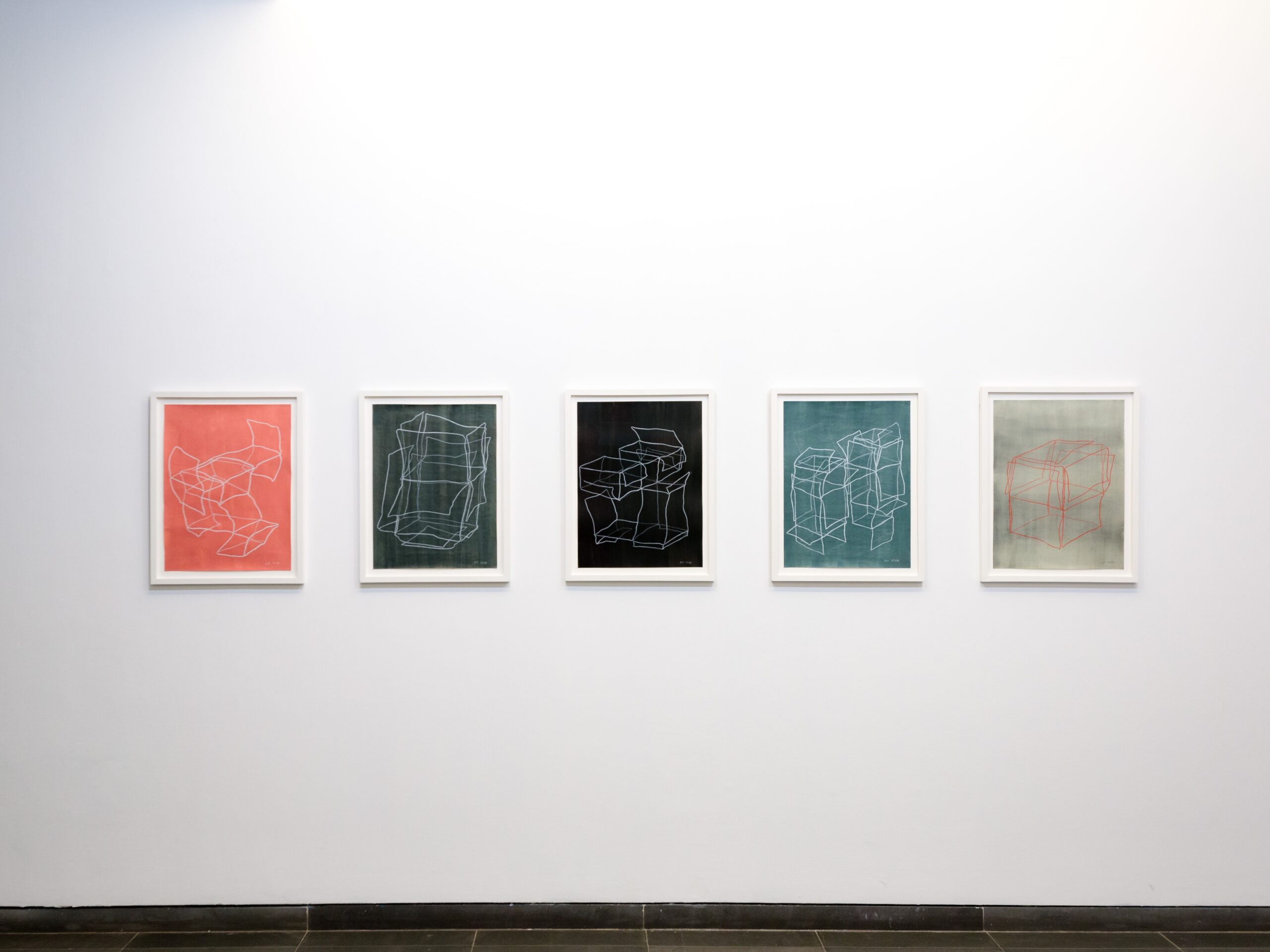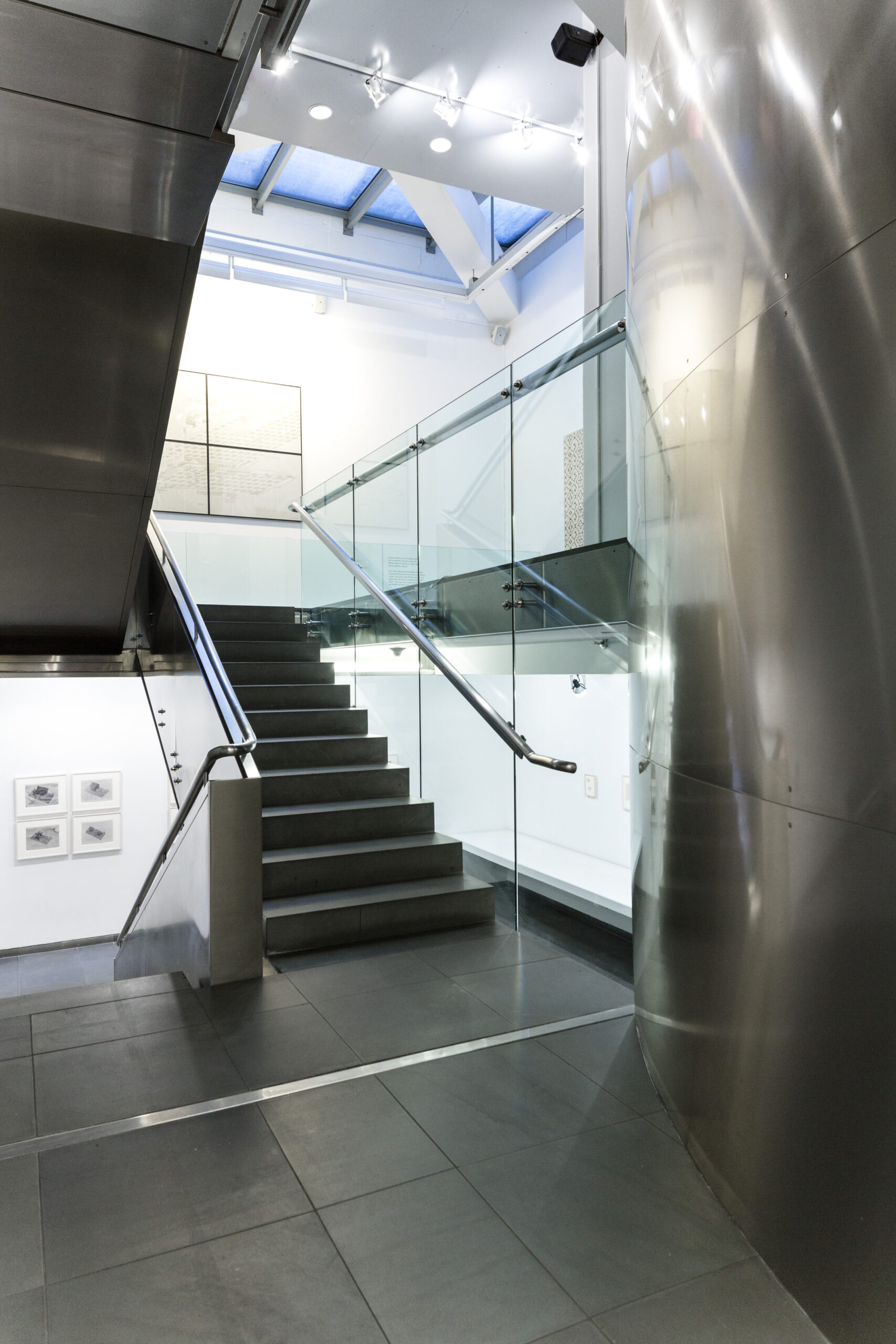The Austrian Cultural Forum New York (ACFNY) is pleased to present the group exhibition The Projective Drawing, curated by Brett Littman, Executive Director of The Drawing Center, New York.
The exhibition is based on The Projective Cast, a book published in 1995 by architectural historian Robin Evans that defines a new way to explain how we “see” architecture by incorporating all sensations that underpin the human experience of built structures (mental, physical, and emotional). In The Projective Drawing, curator Brett Littman applies Evans’s theory, which is skeptical of drawing at its core, to challenge our understanding of how the medium of drawing operates in contemporary culture by highlighting both Austrian and international artists whose drawings require viewers to activate a matrix of complex and nontraditional ideas in order to interpret the works on view. Within the striking architecture of the Austrian Cultural Forum New York, designed by Raimund Abraham in 1992, the exhibition will unfold in a “projective” architectural space which reveals its non-linear structure and emotional impact as one perambulates through the building.
Judith Saupper and Lionel Favre, for example, have created site-specific installations that redefine the art of drawing, requiring the viewer to walk around, into, and even crawl under the works to fully experience them. James Siena, Brigitte Mahlknecht, and Seher Shah, likewise, transcend classic geometry to build contemporary visual spaces that can only exist suspended in our imagination. Leopold Strobl, who works with Galerie Gugging in Austria, creates miniature landscapes on old newspapers. Strobl’s signature dark voids, which partially occlude the drawn landscape, prompt viewers to contemplate the essentially incomplete and partial nature of drawing. Katrín Sigurdardóttir’s drawings for sculptural projects follow the artist’s practice from conception to execution. Each work articulates drawing’s inherent potential to impact the built world.
The Projective Drawing foregrounds artists who use drawing to visualize organic systems and abstract structures. Drawings created using plant extracts by the Shipibo artist Sara Flores are deeply tied to her relationship to the vegetal world and the healing ayahuasca ceremonies performed by shamans in the Peruvian Amazon. In a similar manner, collages and drawings by William Cordova amalgamate images to represent the body’s relationship to vernacular architecture, sound, pop culture, and politics. Lastly, Simona Koch’s large-scale genealogical maps highlight how drawing can visualize research, history, and networks.



